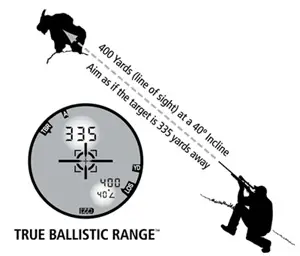I was watching a hunting show on the tube last night, and the host was talking about shooting uphill and downhill.
The host said that when shooting uphill at say 400 yards it would be like making a 200 yard shot depending on the angle, and the shooter in alot of cases could just shoot straight at the animal, and in some cases maybe even hold under the animal to make the shot. The host the said when shooting downhill depending on the angle the shooter should hold over the animal to make the shot. The host did say that every situation is different, and to use this as just a guidline.
I know that alot of you have far gretaer knowledge about shooting than I have, so do you think that what the host on that TV show was right with his comments, about uphill and downhill shooting?
The host said that when shooting uphill at say 400 yards it would be like making a 200 yard shot depending on the angle, and the shooter in alot of cases could just shoot straight at the animal, and in some cases maybe even hold under the animal to make the shot. The host the said when shooting downhill depending on the angle the shooter should hold over the animal to make the shot. The host did say that every situation is different, and to use this as just a guidline.
I know that alot of you have far gretaer knowledge about shooting than I have, so do you think that what the host on that TV show was right with his comments, about uphill and downhill shooting?

